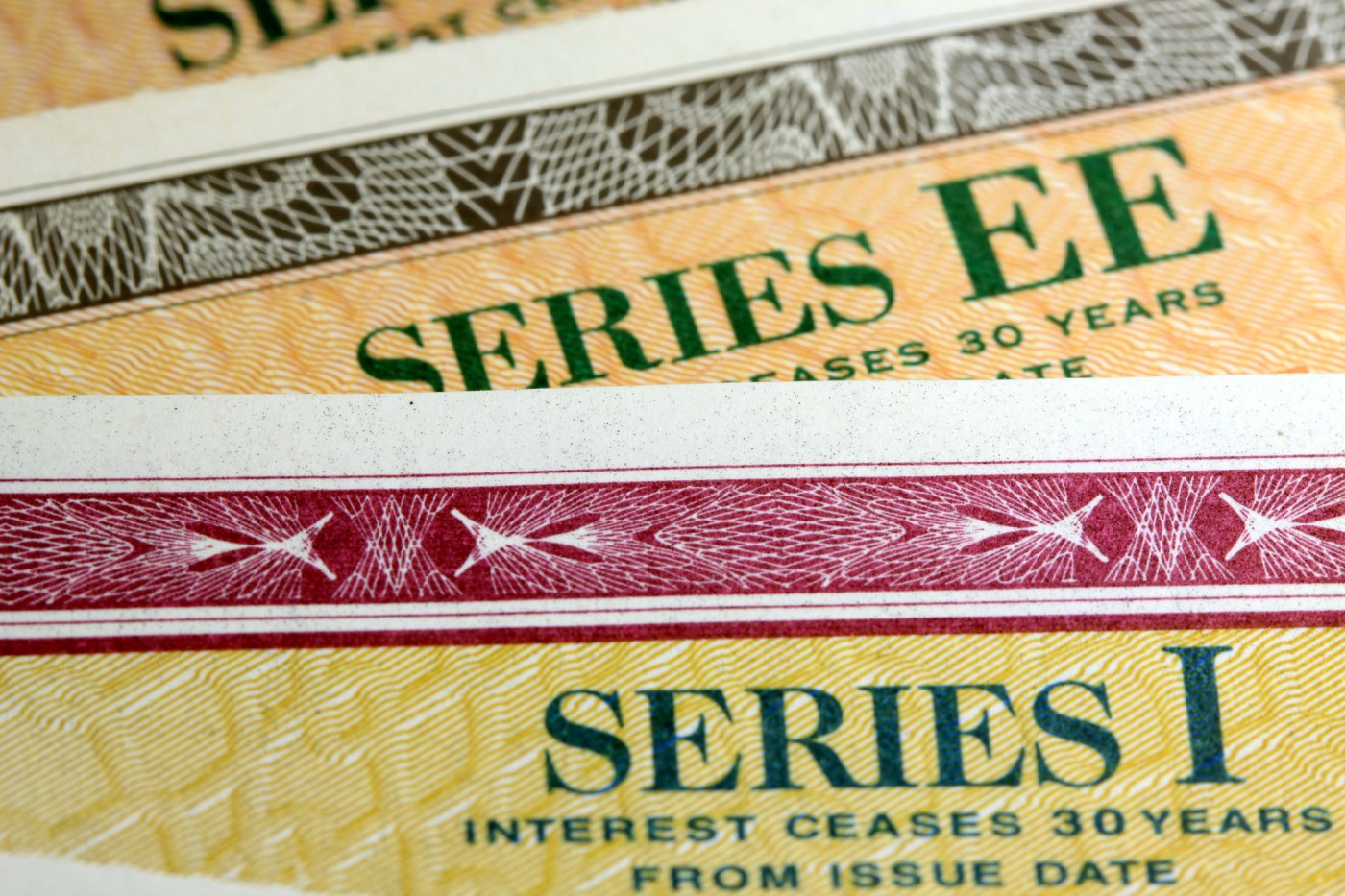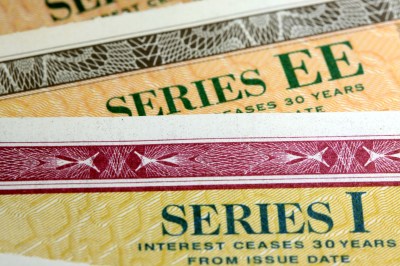Lawmakers and economics commentators have spent years promising that low interest rates make runaway borrowing and debt a “free lunch” for governments. They were wrong about the sustainability of soaring debt and interest rates—and now the bill is coming due.
Washington’s interest costs have doubled since 2015, from 1.2 to 2.5 percent of the economy, according to new estimates from the Congressional Budget Office (CBO). At $663 billion, this year’s interest costs are up 40 percent over last year. That bill is now projected to exceed defense spending within five years, set spending records as a share of the economy within eight years, and become the largest federal program within three decades—exceeding Social Security and Medicare. At that point, interest costs will consume more than one-third of all federal taxes.
If that sounds grim, just know that that is the rosy scenario that assumes no new tax cuts or spending expansions, and—crucially—that interest rates remain low forever.
Most debt crises occur rapidly, yet are the product of decades of irresponsible decisions. America is no exception.
After Washington maintained a manageable debt for most of its history, World War II’s enormous cost pushed the federal debt to 106 percent of gross domestic product. The war was followed by three decades of nearly balanced budgets that—along with rapid economic growth—reduced the debt to 24 percent of GDP by 1974. The 1980s and early 1990s saw larger deficits, but even by 2007 debt was only 35 percent of GDP. Politicians were careful to constrain new borrowing in part because elevated interest rates made expanding the national debt expensive, and also because these rising rates constrained families and the economy.
Then interest rates began falling in the 1990s. From 1990 through 2007, the average interest rate paid on the federal debt collapsed from 8.4 percent to 1.7 percent. This freed pandering politicians to substantially increase the federal debt without its interest burden rising significantly. Indeed, between 1997 and 2021, the national debt held by the public leaped by nearly 500 percent, from $3.8 trillion to $22.3 trillion. Yet the annual net interest costs to the federal government rose by only 44 percent, from $244 billion to $352 billion. Had the 1997 interest rate continued, today’s annual interest expenses would be $1 trillion higher (or more, given the larger national debt accumulated from decades of higher interest costs).
Instead, falling interest rates minimized budget deficits and fed the misconception that government debt is essentially free. From the late 2010s through 2022, short-sighted lawmakers, economists, and commentators demanded that Congress take advantage of low interest rates by engaging in a massive borrowing spree. Indeed, President Biden’s enormous spending agenda was often justified by the low interest rates on government borrowing.
But this case never made sense. Washington was already projected to add nearly $120 trillion in baseline deficits over the next three decades thanks largely to Social Security and Medicare shortfalls. Even with low interest rates, CBO projects interest to become the most expensive item in the federal budget within a few decades.
Washington also refused to lock in those low interest rates, choosing to sell and roll over short-term bonds rather than selling long-term bonds. In fact, the average maturity on the federal debt fell to just 62 months during a period in which more 30-year bonds could have been sold at rates below 3 percent. So if interest rates rise at any point in the future, nearly the entire escalating national debt will roll over into those rates within a decade. Consequently, continued massive federal borrowing means gambling America’s economic future on the hope that interest rates never rise again in the future. And there is no backup plan if rates do rise.
It didn’t take a genius to see how this approach would end badly. While rates were still low in 2021, I wrote a lengthy report predicting that interest rates would eventually rise and dramatically push up interest costs. My warnings were dismissed and even mocked by economic commentators.
Less than two years later, the combination of soaring debt and Washington’s average interest rate nudging upward from 1.7 percent to 2.7 percent is adding nearly $200 billion to this year’s deficit. Over the next decade, interest is projected to cost taxpayers more than $10 trillion. That $10 trillion in federal spending will not finance one dollar in Social Security benefits, fund one soldier, educate a single child, build a single road, or provide health care to any veterans. It will be paid to bondholders.
And yet, rising interest rates are a ticking time bomb. The CBO projections assume that Washington’s interest rate will not exceed 3.3 percent within the next decade, or 4 percent at any point within 30 years. The 10-year Treasury bond is already trading near that level, up from 0.5 percent just three years ago.
What if interest rates rise? Every percentage point by which they exceed the CBO projections would add nearly $3 trillion in interest costs over the next decade—roughly the cost of extending the 2017 tax cuts. In fact, a 2-percentage point increase in interest rates would cause annual budget deficits to approach $4 trillion a decade from now.
Over 30 years, every percentage point would add $30 trillion in interest costs—or nearly the cost of adding another Defense Department. Put differently, while the CBO projects debt rising to 180 percent of GDP over three decades, higher interest rates could push the debt to 220 or 260 percent of GDP. At that point, interest costs alone could consume 60 to 80 percent of all federal tax revenues.
While interest rates had largely fallen over the past few decades, they are unlikely to remain that low for several reasons:
- Government debt. Consensus economic research shows that each percentage point rise in the federal debt’s share of the economy pushes up interest rates by between two and four basis points. The coming 100 percent of GDP increase in debt over three decades would push up interest rates by between 2 and 4 percentage points.
- Demographics. The 74 million baby boomers who aggressively saved for retirement in their 40s, 50s, and early 60s (which added to the supply of savings and thus lowered the price, or the interest rate, to borrow money) have begun moving into retirement where they will be expected to begin drawing down those savings (which will limit the supply and thus raise the price of borrowing money). This phenomenon is already taking place in Japan, which has an older population than the U.S.
- Legacy of inflation. Interest rates remained elevated for 15 years after the inflation of the 1970s cooled down. This was because the vigilant Federal Reserve did not want to get burned again, and lenders demanded a larger inflation premium in their interest rates. This pattern may repeat, particularly as the Fed is unlikely to let the federal funds rate return to zero anytime soon.
- Economic recovery. Any strong economic or productivity surge can increase the demand for loanable funds, adding upward pressure to interest rates.
- International factors. The global savings glut and flight to safety that shifted global savings into the U.S. has shown signs of weakening. If international demand for American debt drops, interest rates will rise.
Who will lend Washington the nearly $120 trillion it is scheduled to borrow over the next three decades? That’s a key question. China and Japan hold only $2 trillion of Treasury bonds and are steadily divesting. The Federal Reserve is also trying to reduce its $5 trillion in Treasury holdings, and nonetheless could not monetize much of this debt without triggering hyperinflation. That leaves smaller trading partners and American financial markets to supply more than $100 trillion in lending to the federal government. That will be a heavy lift, and Washington will likely need to offer higher interest rates to induce that degree of lending—which will in turn hike interest costs and debt further. It will also divert these substantial savings from financing business investments, home loans, and car loans.
Ultimately, borrowing nearly $120 trillion will push interest costs to unsustainable levels even if—as the CBO optimistically projects—interest rates remain low forever. Yet the idea that anyone can promise low interest rates for the next 30 years is hubristic and naïve. After all, politicians, financial markets, and even the Federal Reserve could not even accurately foresee the 2022 inflation surge while it was happening. Nor did the experts predict the 2000 Nasdaq crash, 2007 housing collapse, or 2020 pandemic. The economy is unpredictable, and it is extraordinarily foolish to pledge nearly $120 trillion in additional borrowing on the promise that interest rates will never rise again.
Basic risk management demands that Washington lock in lower interest rates long-term, and reform the Social Security and Medicare shortfalls driving those long-term deficits. All other spending and taxes would have to be on the table as well. Balancing the budget is unrealistic, but even reducing deficits from 6 percent to roughly 3 percent of GDP ($800 billion in today’s economy) would stabilize the debt near the current 100 percent of GDP. That would in turn stabilize interest costs between 4 and 5 percent of GDP, depending on interest rates.
Fiscal consolidation is unpopular and challenging but can be implemented gradually and with only modest pain if lawmakers are willing to act soon. The alternative is to just cross our fingers and hope interest rates never rise again. Are you feeling lucky?





Please note that we at The Dispatch hold ourselves, our work, and our commenters to a higher standard than other places on the internet. We welcome comments that foster genuine debate or discussion—including comments critical of us or our work—but responses that include ad hominem attacks on fellow Dispatch members or are intended to stoke fear and anger may be moderated.
With your membership, you only have the ability to comment on The Morning Dispatch articles. Consider upgrading to join the conversation everywhere.